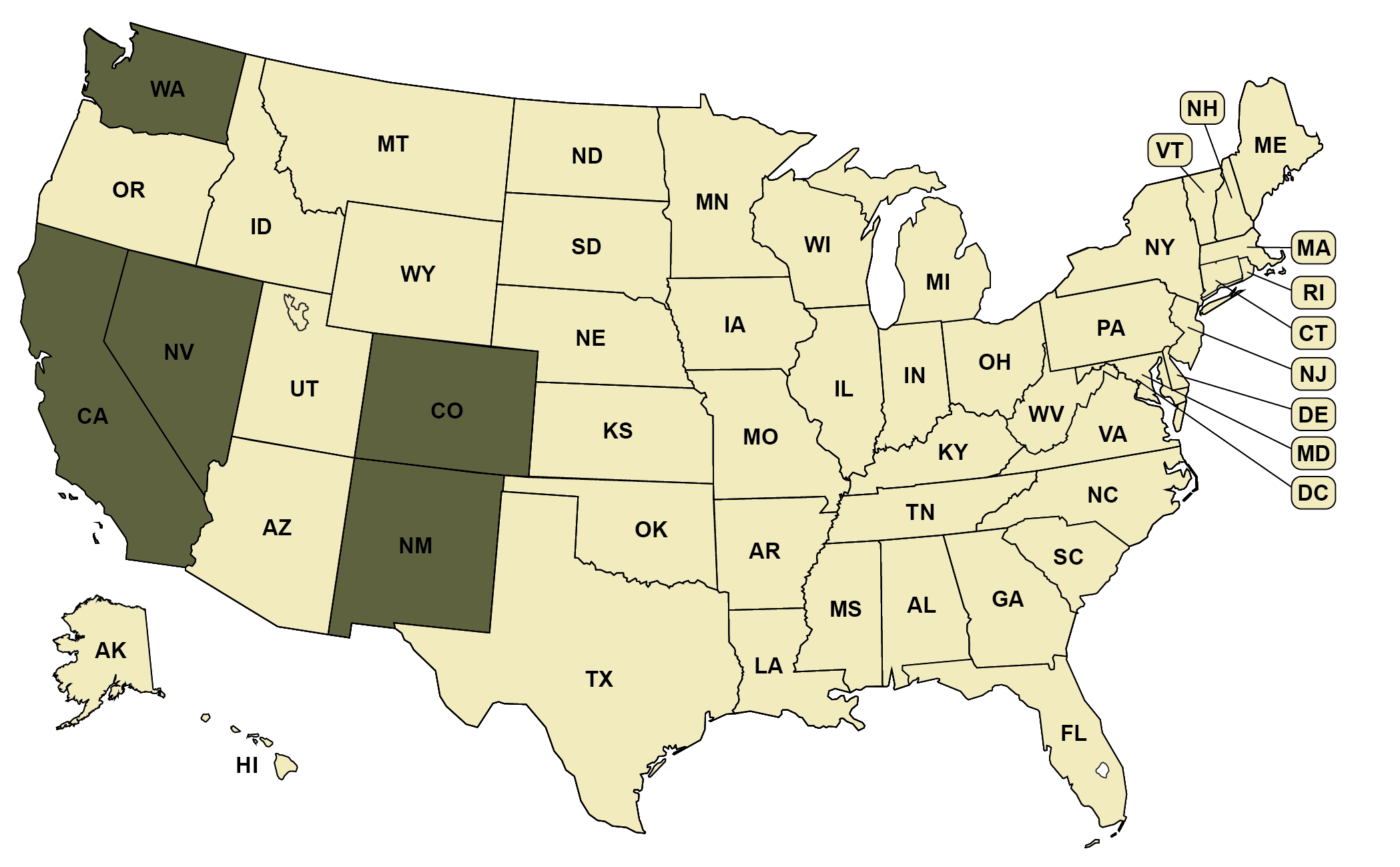Native Americans often face additional obstacles to voting, due to geographic challenges, lack of access to mail and government services, and a history of voter suppression, among other factors. A small number of states have implemented laws specifically designed to address and mitigate these obstacles.
-
State has enacted Native American voting protections
(5 states)
-
State has no applicable law
(45 states + D.C.)
Recommended citation: Movement Advancement Project. "Native American Voting Protections." https://www.mapresearch.org/democracy-maps/native_american_voting_protections. Accessed [day of access]
Breakdown by Population
*Note: These percentages reflect the voting-eligible population, as reported by the United States Election Project.
17 % of population lives in states that has enacted Native American voting protections
83 % of population lives in states that has no applicable law


